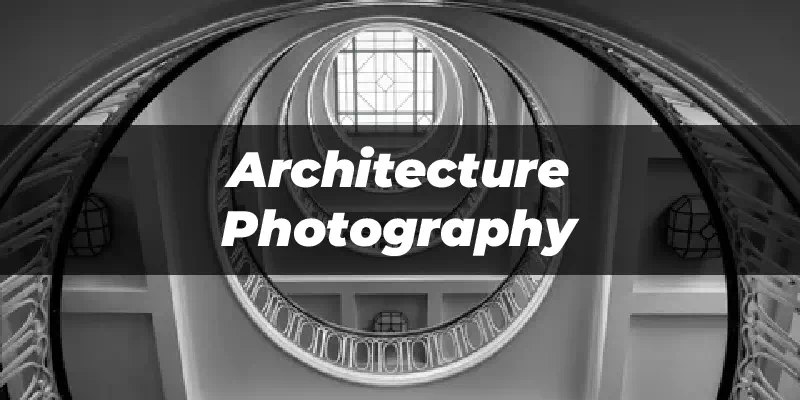Do you know the world’s oldest surviving photograph View from the Window at Le Gras is an architecture photo? It was taken almost two hundred years ago- 1820. So it is predictable that architecture photography has passed a long history. No matter how good you are in photography, you must need a Photography Post-Production Service.
However, in simple words, architecture photography means taking pictures of buildings, building exteriors, interiors, bridges, and other structures. Then what’s so special about it? It does not merely take pictures for the sake of photography. It brings out the aesthetic and artistic side of the buildings. Also, these structures bear a significant cultural value. So, presenting them aesthetically while preserving their natural look is no less than a challenge.
You may need to do architecture photography for two purposes. Firstly you can do it for artistic purposes and values. Secondly, you can do it on behalf of clients like architectural firms, magazines and so on. Whatever your reason, you got you covered. In this blog, we have prepared the best tips and tricks for architecture photography.
Get the Right Camera
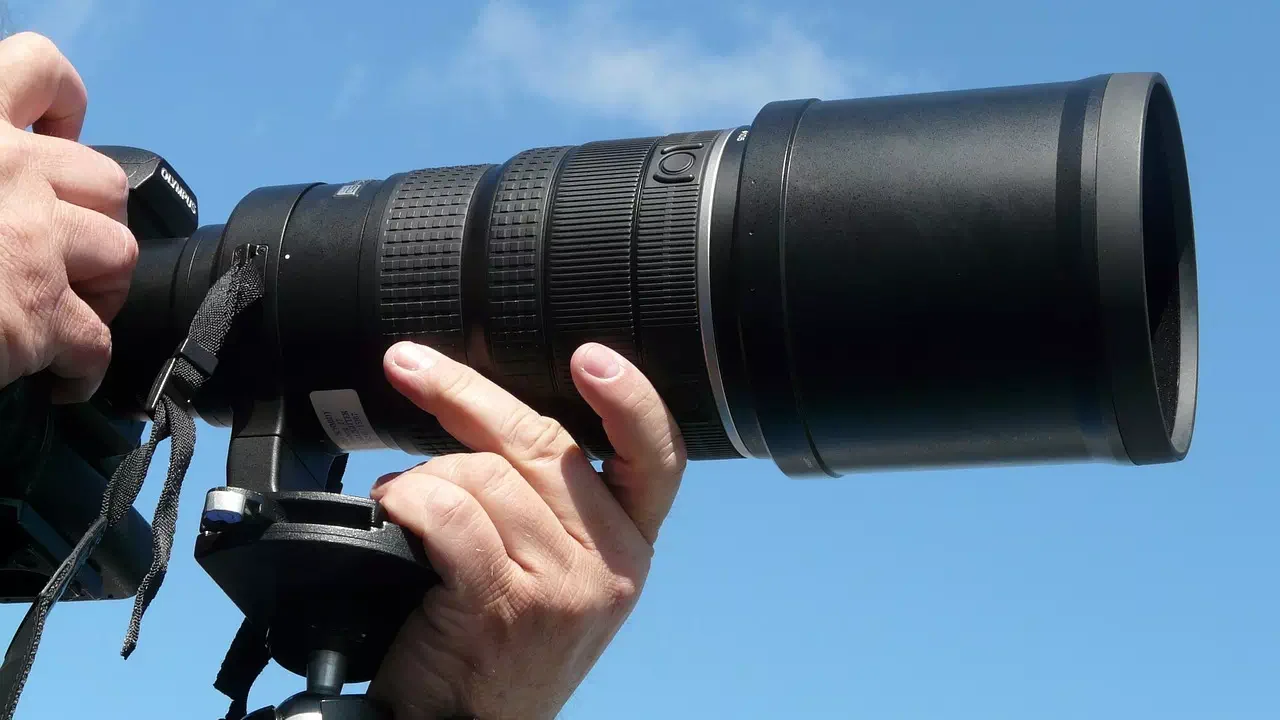
In architecture photography, you don’t need to worry about the subject a lot. It remains a standstill no matter what. So you can go for a regular DSLR mirrorless camera. But it needs to be an interchangeable-lens camera so that you can use different lenses.
Don’t fall for a high-end camera because that is not going to add anything special to architecture photography. Even your iPhone or Smartphone camera can do a pretty decent job.
Don’t Forget the Lens
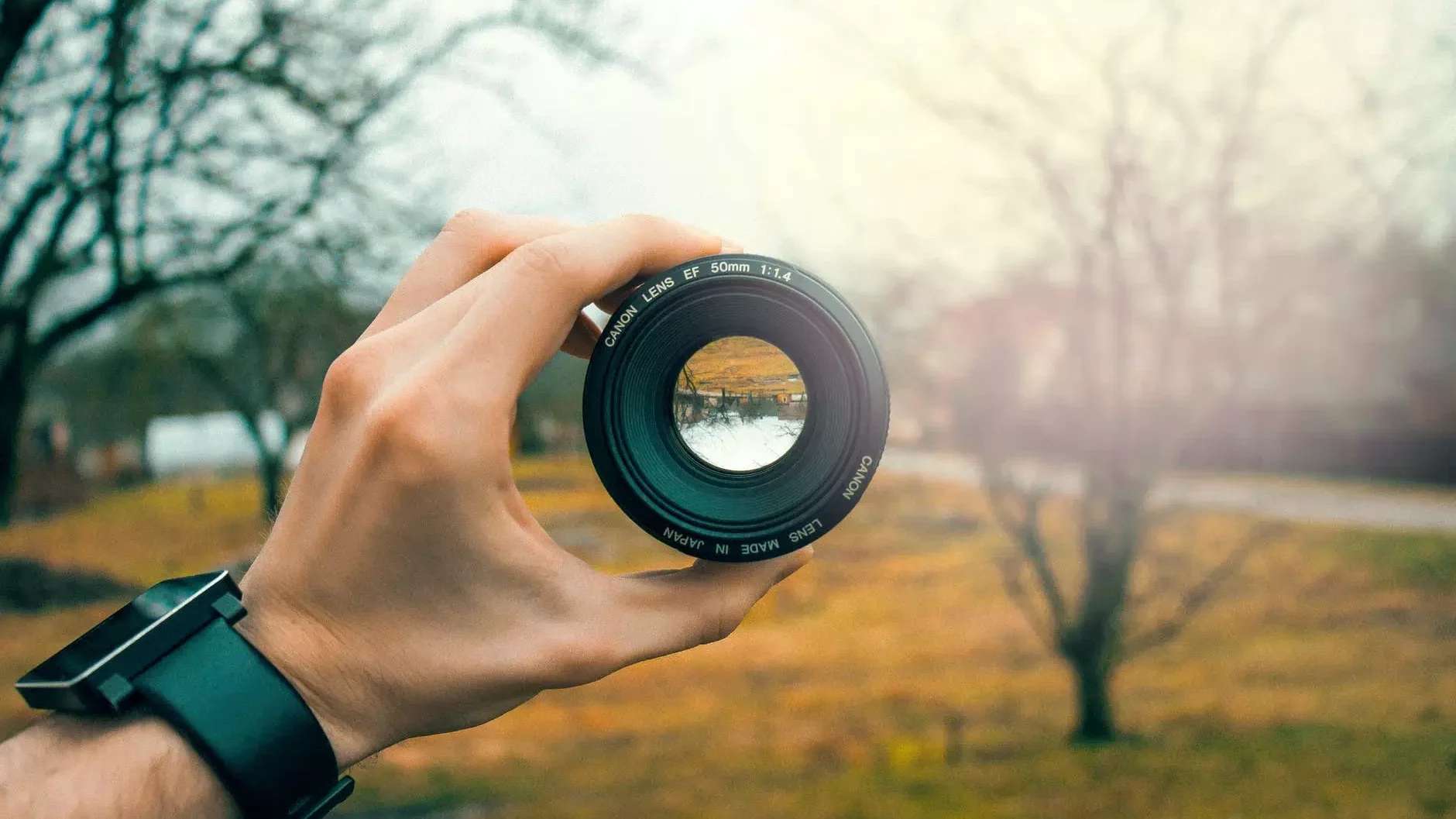
You have to take lenses seriously in architecture photography. They are equally important as the camera. At first, get a prime lens to have sharp images with no or less distortion. Tilt-shift lenses are another good option because it adds creativity to the images. It is one of the most popular and commonly used lenses as well.
Also, if you are interested in taking close-up images, a zoom lens is ideal for you. Wide angles lens is another great option for interiors. So as you can see, lenses play a vital role in architecture photography.
Tripod Is Must
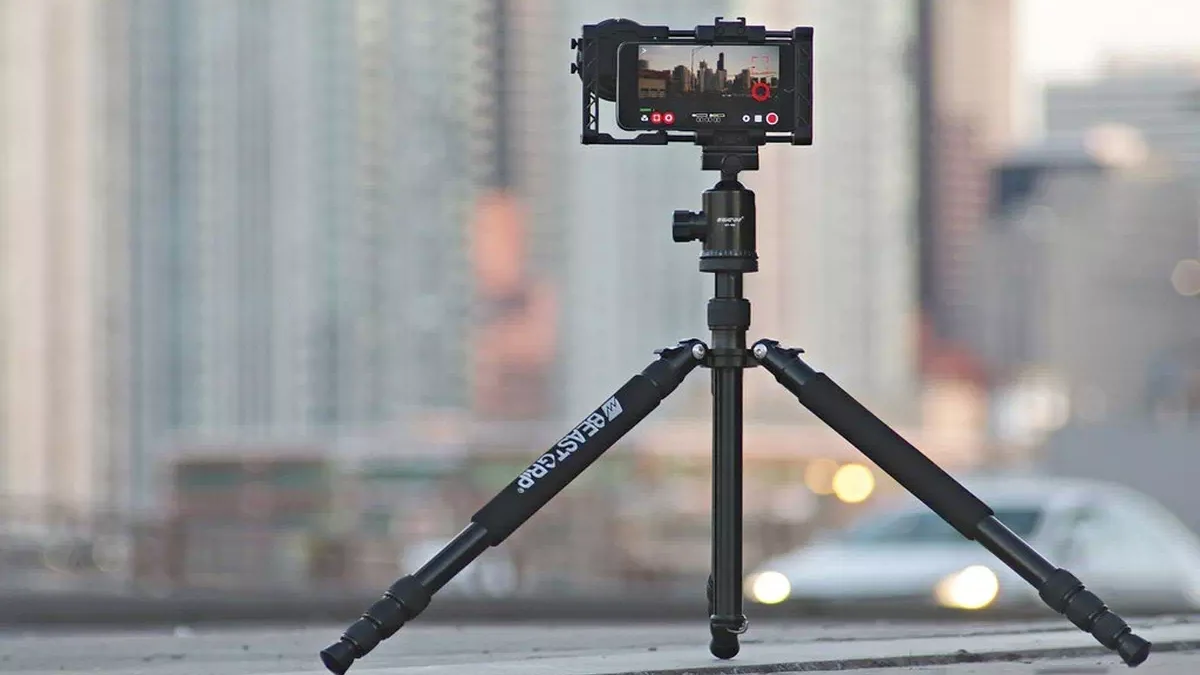
To keep the camera stable, there’s no way you can avoid the tripod. It keeps the camera standstill and makes the photography process much easier. Also, you often feel the urge to take some long-exposure images. Tripod makes it possible for you.
Along with that, it allows you to add new perspectives to the images. Also, it helps you when you are taking pictures in low light. In a word, the tripod is a must-have accessory in architecture photography.
Get a Cable Release

With Long Exposure to architecture photography, you cannot mess with the stability. Tripod is inevitable, but a cable release is going to change the game. The tripod alone cannot entirely ensure stability as you still need to touch the camera.
The cable release saves you in that case. It’s a cable that you can attach to the camera to control the shutter. That means you don’t need to touch the camera anymore. It helps greatly in creative architecture photography.
Keep the Polarizing Filter Handy
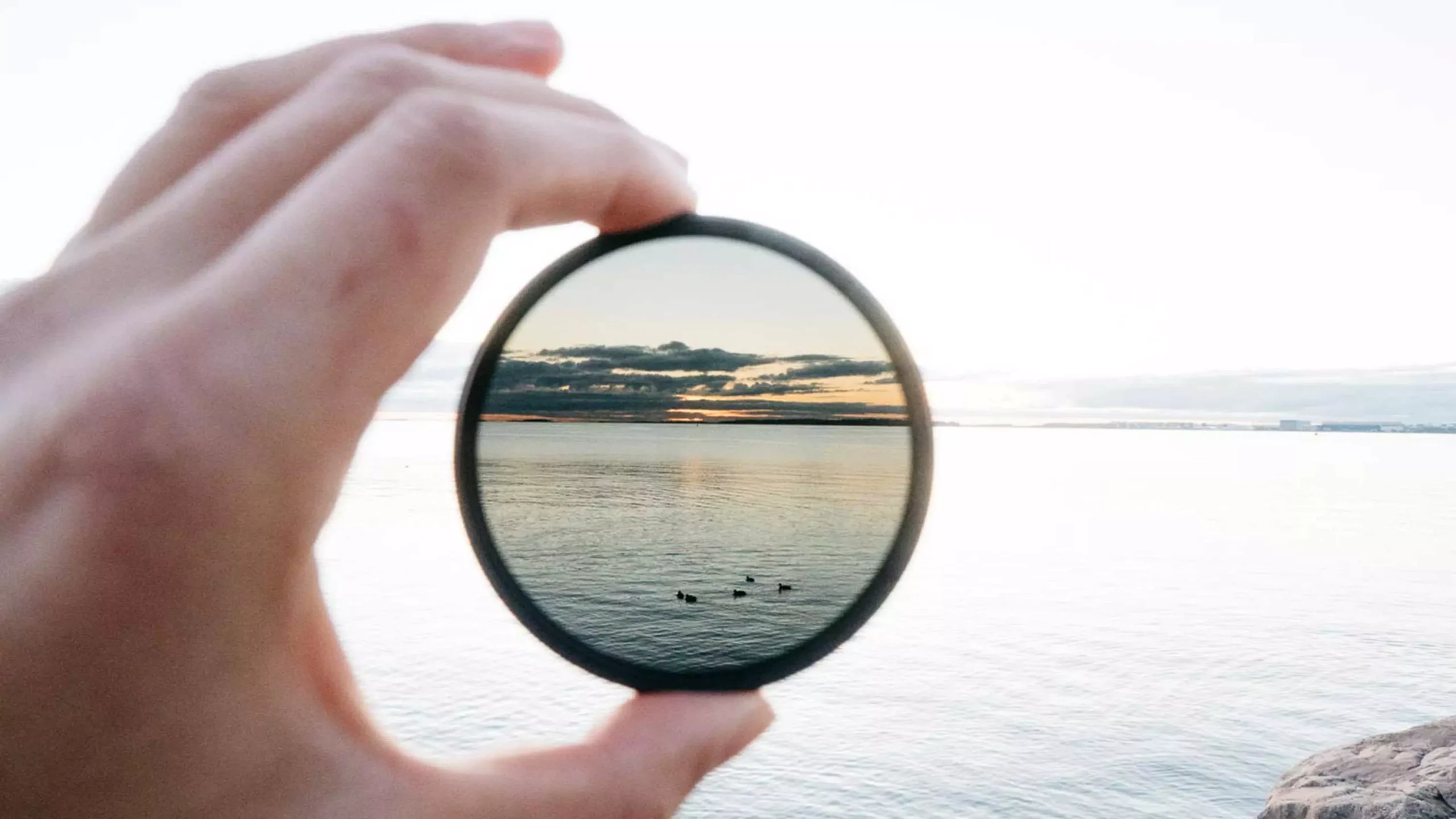
A polarizing filter will serve you in creative architecture photography. You can use it to manipulate reflections in the images. Whether you feel the need to minimize or maximize it, the filter saves you everywhere.
It also helps when you include the sky aesthetically in your architecture photos. We are telling you that the polarizing filter is a must-have. But for aesthetic and creative purposes, it is worth trying.
Study the Subject
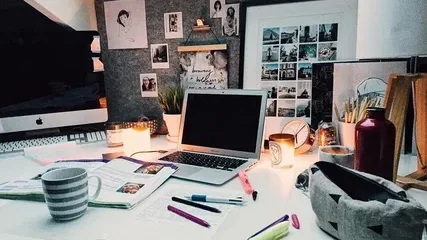
Before you start photo shooting, consider spending some time studying the structure. Maybe it has a long history. Or you may get some unique features in the structure. These will help you to centralize your ideas on how you want to photograph it.
Also, you can fix some sort of pre-planning on the composition. Nevertheless, studying the subject before jumping into the shooting always proves to be an advantage.
A Proper Location
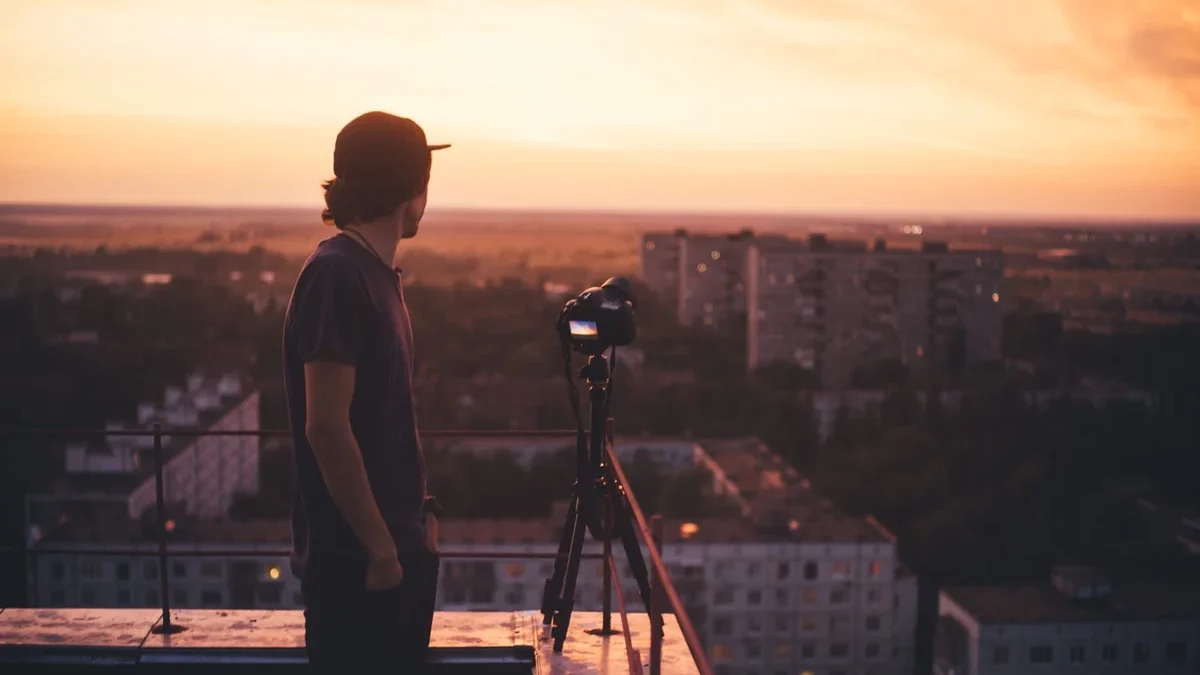
The truth is you can select any building or other structures for architecture photography. They are not hard to find out. But if you don’t want to confine yourself to random clicks, here’s what you can do.
Look for any historical buildings around your place. It can be a museum, an old building, an abandoned castle, and many others. Thus the images are going to be more interesting. Also, you can go for interior photography. To do that, you can look for bookshops, cafes, restaurants, any office, or studios.
Find New Perspective
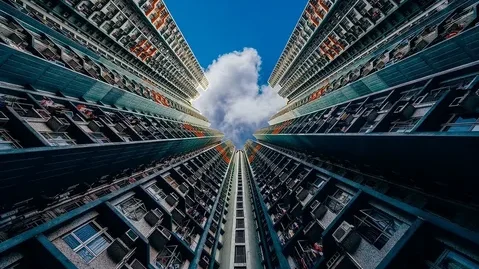
Finding a new perspective in architecture photography gives you more than you think. At the first glance, you get tempted to take images of the building or the structure as they appear. But that is going to make boring and ordinary photographs. That is not your purpose, right?
If you want to make architecture photography more interesting and appealing, try different perspectives. You can take some close-up images or focus on tiny details.
Focus on The Lines
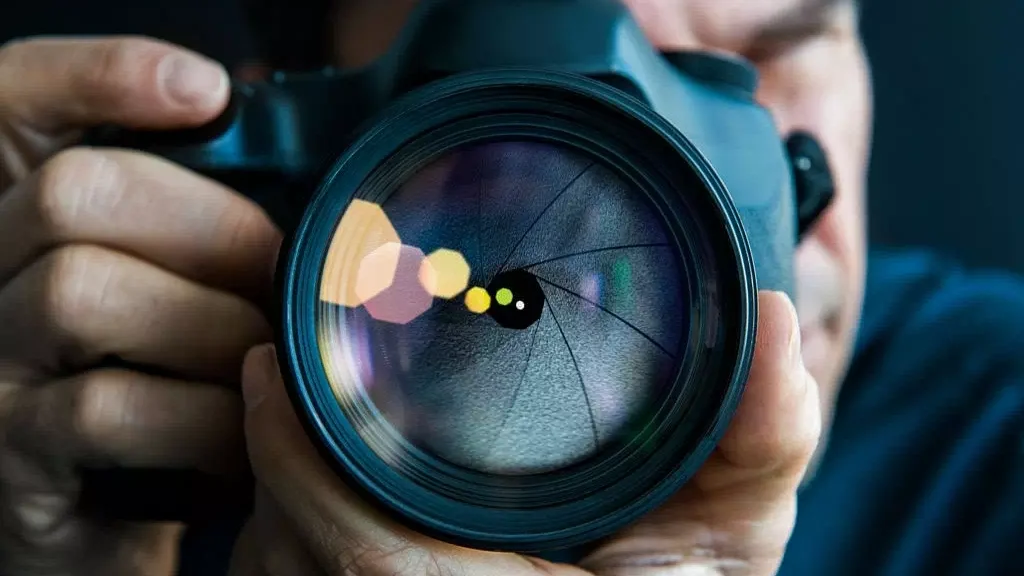
In architecture photography, the significance of lines is undeniable. If the lines do not look straight, the image will look imbalanced. The architectural structures are mostly built on geometrical lines. So alignment of the lines gives the images a balanced look.
You can experiment with vertical lines as well as horizontal lines. But keep the vertical lines vertical and the horizontal line horizontal. The rule of thirds really helps in managing the lines. It is another worth trying an experiment with.
Try HDR
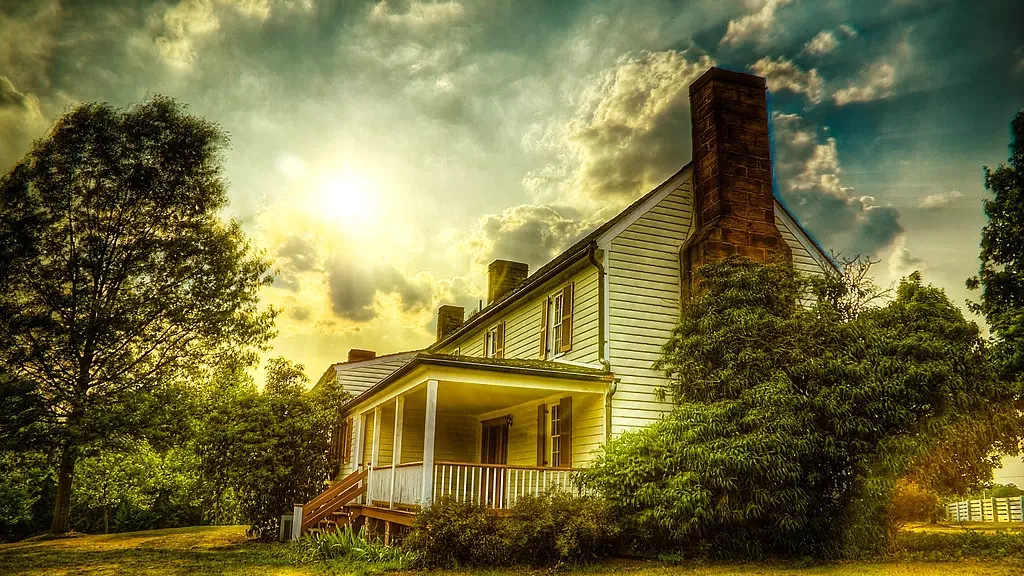
Another interesting architecture photography you can try is the High Dynamic Range of the HDR. It adds creativity, artistry, and drama to the images. It is mostly suitable for exterior photographs. But you cannot mess with it because the wrong HDR makes the image fake and crispy.
However, this popular technique helps you bring out the smallest details of any structure properly. Also, when the lighting is not sufficient in interior photo shooting, you can rely on HDR to save the day.
Keep Some People
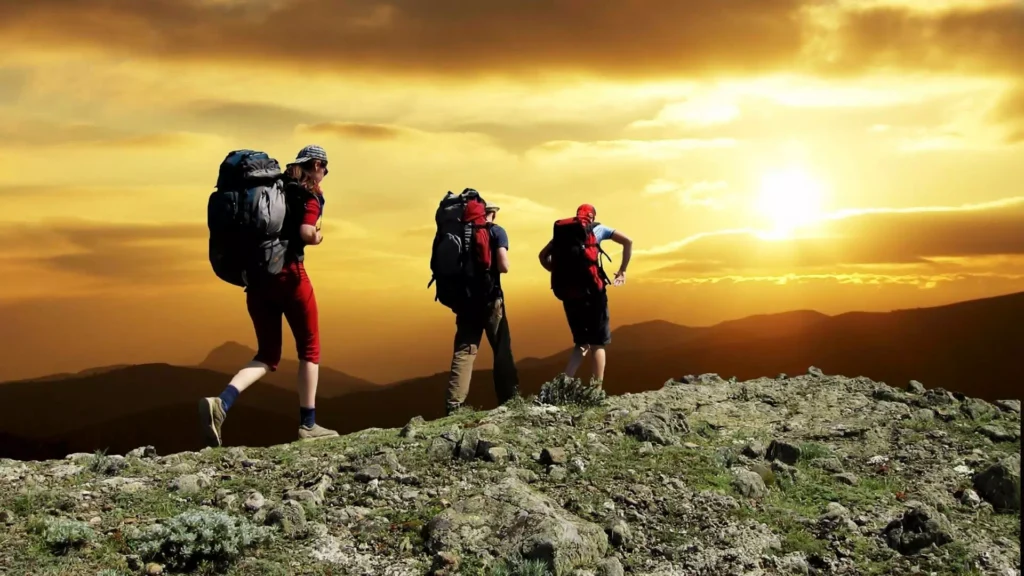
For realistic architecture photography, you can include some people in the images. The absence of people can make the images look deserted and unnatural. So if you are taking pictures of a public building, don’t wait for everyone to leave.
Instead, take some natural photos keeping the people in it. You can try motion blur as well if you find it too distracting. It will show the connection between humans and architecture. As a result, it is certainly going to add more beauty to the images.
Focus on The Distortion
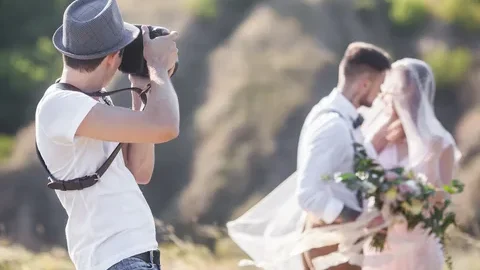
One of the many challenges that you may find in architecture photography is lens distortion. It happens when the lens cannot preserve the straight lines which are known as rectilinear. As the straight lines get curvy, the images are not flattering at all.
So it can ruin all your efforts in photography. For architecture, distortion is most disturbing. However, if you get distorted images, you can correct them through post-processing.
Remove Unnecessary Stuff
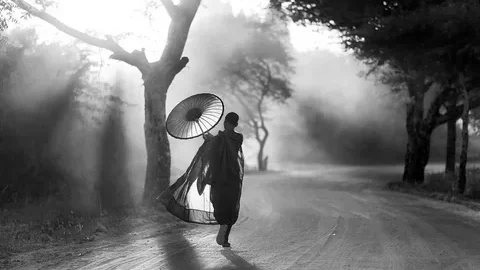
We have said earlier that including some people in the images is good. But what if you don’t want them at all? Or some unnecessary stuff is there which cannot physically move.
For those cases, you can use Photoshop later to remove the things you don’t want. Take multiple pictures and layer them in Photoshop. Remove the things and the layer underneath will no longer have them.
For Interior
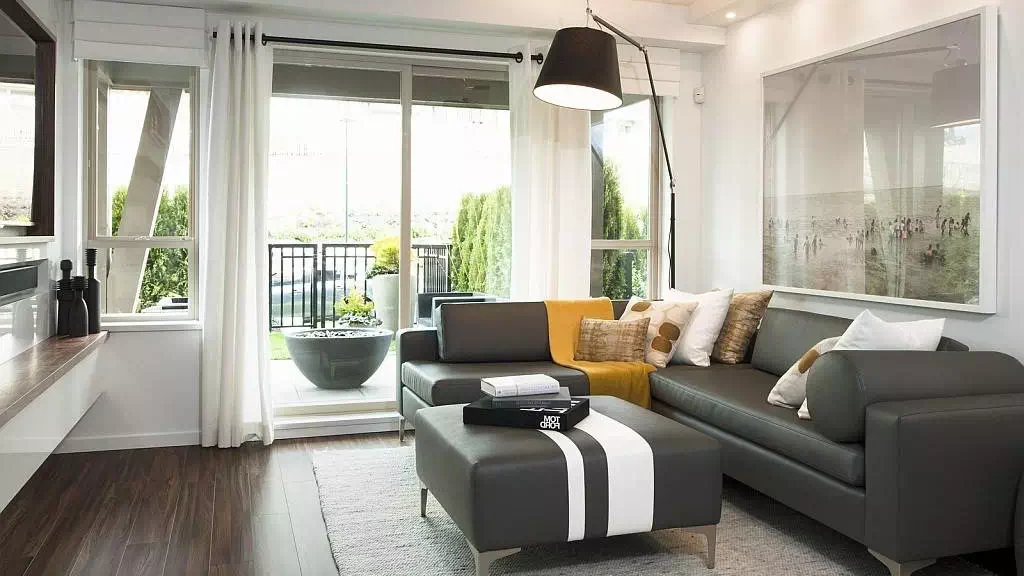
For interior photography, one of the most complicated things is lighting. If you carry your lighting equipment, that’s fine. But when you don’t do it, you have to rely on the natural lights. Make sure you go there when the day is bright. Try to use as much natural light as possible.
Otherwise, use the tripod to avoid stabilization problems because low light makes the process pretty challenging. Also, focus on the composition to make the images more interesting.
For Exterior
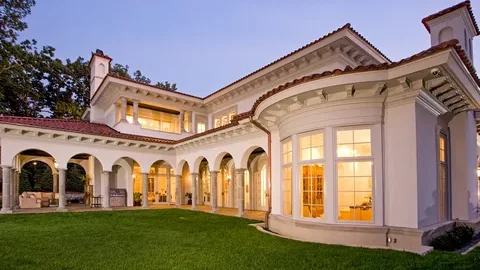
For exterior or outdoor photography, you get an additional advantage. Natural sunlight is adequate for you. Proper lighting gives you outstanding images, after all.
However, you can experiment with the golden hour and the blue hour. Golden hour refers to the morning and the afternoon sun when the sunlight is bright but not harsh. On the other hand, blue light is found in the dawn and evening when the sun is not present anymore. Both the time is popular with the photographers for their surreal beauty.
Keep the Details

In architecture photography, most photographers focus more on capturing the entire structure. But it is one way to explore the beauty of the structure. But there are other ways that you can experiment.
A building is not merely a lifeless object. You can show its other perspectives through your camera. Focus on the details, patterns, and textures. Try to show the hidden meanings behind the establishment. Thus your architecture photography will touch a new height.
Add a Context

Adding a context means telling a story with architecture photography. Also, it is essential for making photography realistic. So, how to add context?
Simply, you can include some surrounding sceneries with the building. It can be trees, the garden, the blue sky, some people or whatever you find interesting. There are lots of ways you can experiment. It helps from two perspectives. Firstly it makes the images conceptual and secondly, it shows how architecture is related to life and nature.
Take Reflections Seriously
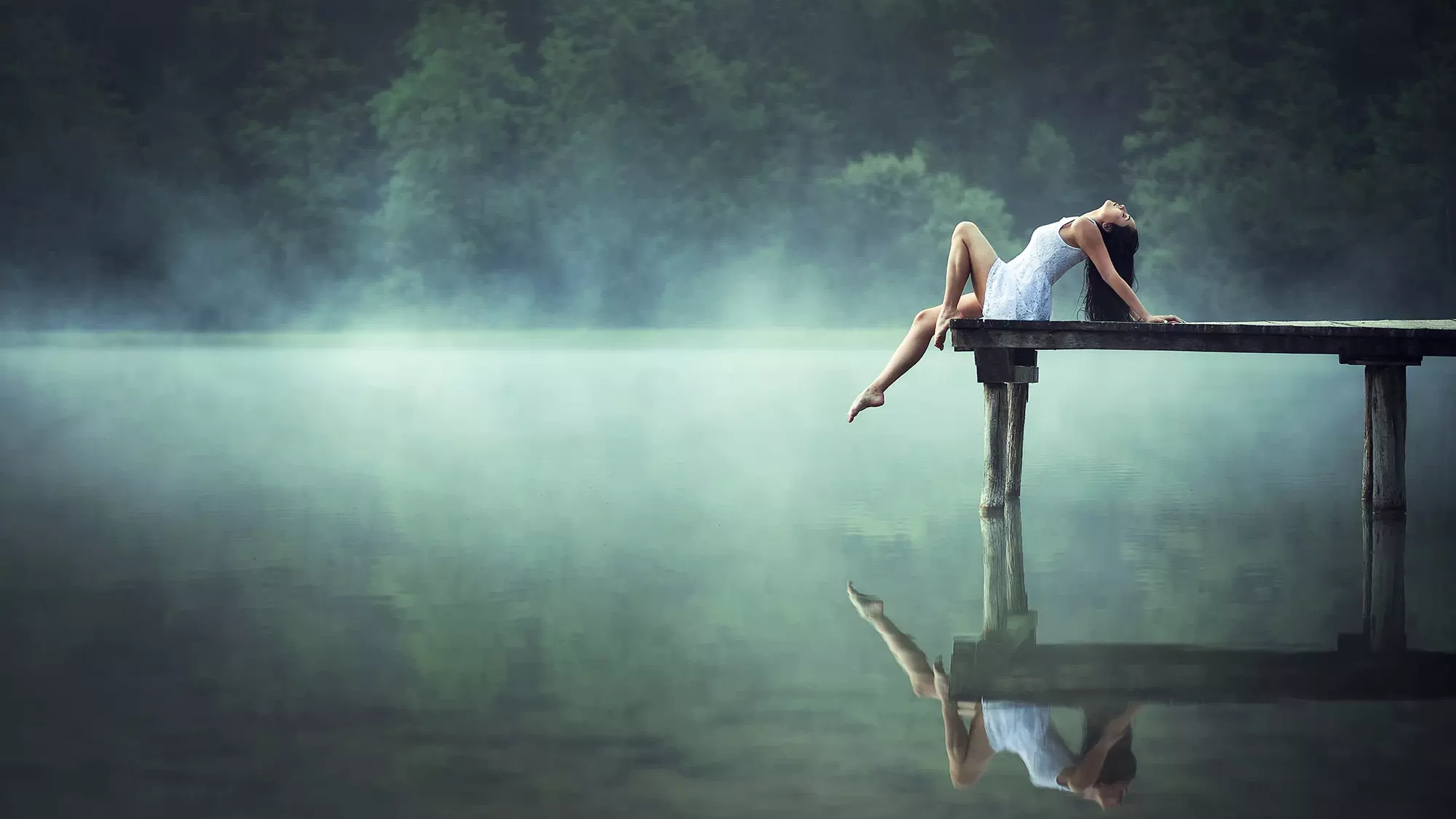
Reflections are not something that you can ignore in architecture photography. Properly maintained reflections make the images meaningful, deep, and aesthetic. But if you are not careful, the reflection can ruin all your efforts behind good photography.
That is why you should focus on the lighting, the natural light sources, windows, and any artificial light. In indoor photography, the chance of getting reflections is high. Also, in outdoor photography, the harsh sunlight can disturb the photography by creating an unnecessary reflection.
Check the Weather
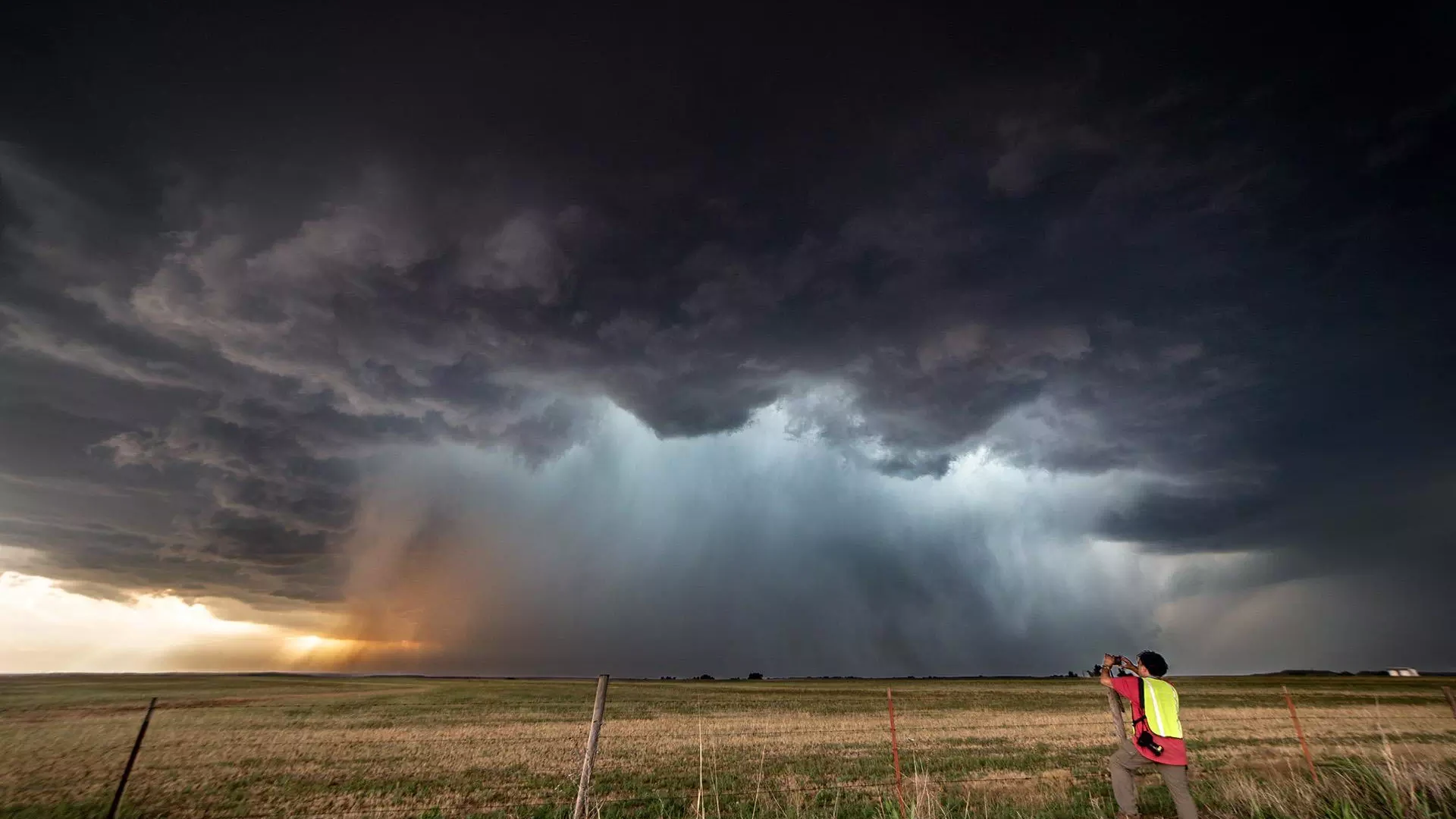
Weather plays a pretty crucial role in architecture photography, outdoors in particular. For example, on a sunny day, you will get proper natural light. But if the sky is cloudy, the lowlight condition will make the photos hazy. But you can use the cloudy day for some aesthetic images.
Clouds give depth and a melancholic hue to the images. So, it is ideal for those images where you want to show the cityscape or the context along with the architecture. Considering all the facts, you cannot ignore the weather condition before heading to the location.
Use the Foreground Wisely
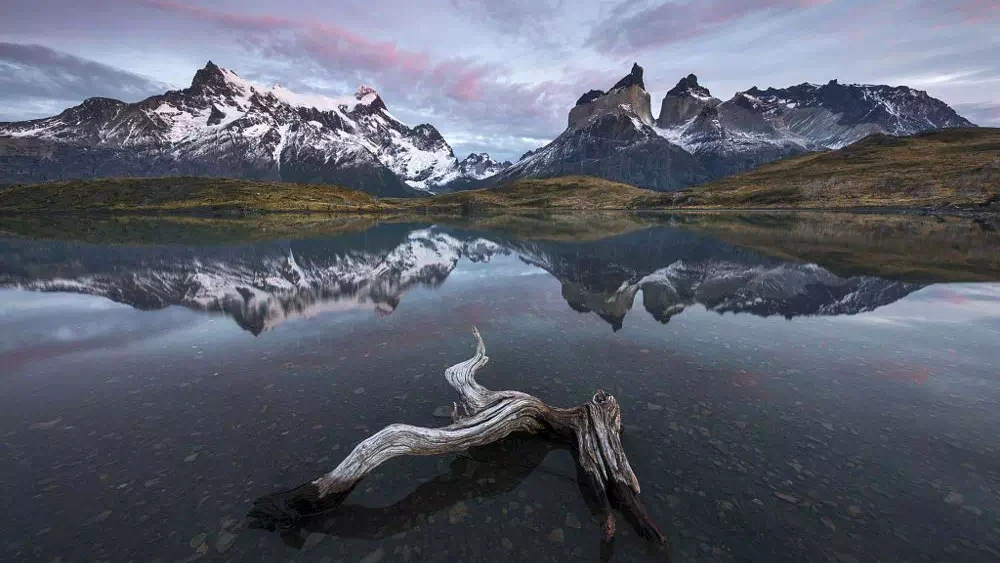
The foreground can change the overall look of the photo if you can use it wisely. It depends on your composition skill and ideas. Long story short- here, you need to keep the actual subject in the background keeping other objects in the front.
What are the objects that you can use for foregrounding? There is no obvious answer to this question. You need to scout the photography location to bring out the most interesting objects. Then think of the ways to use them properly.
Use the Golden Hour
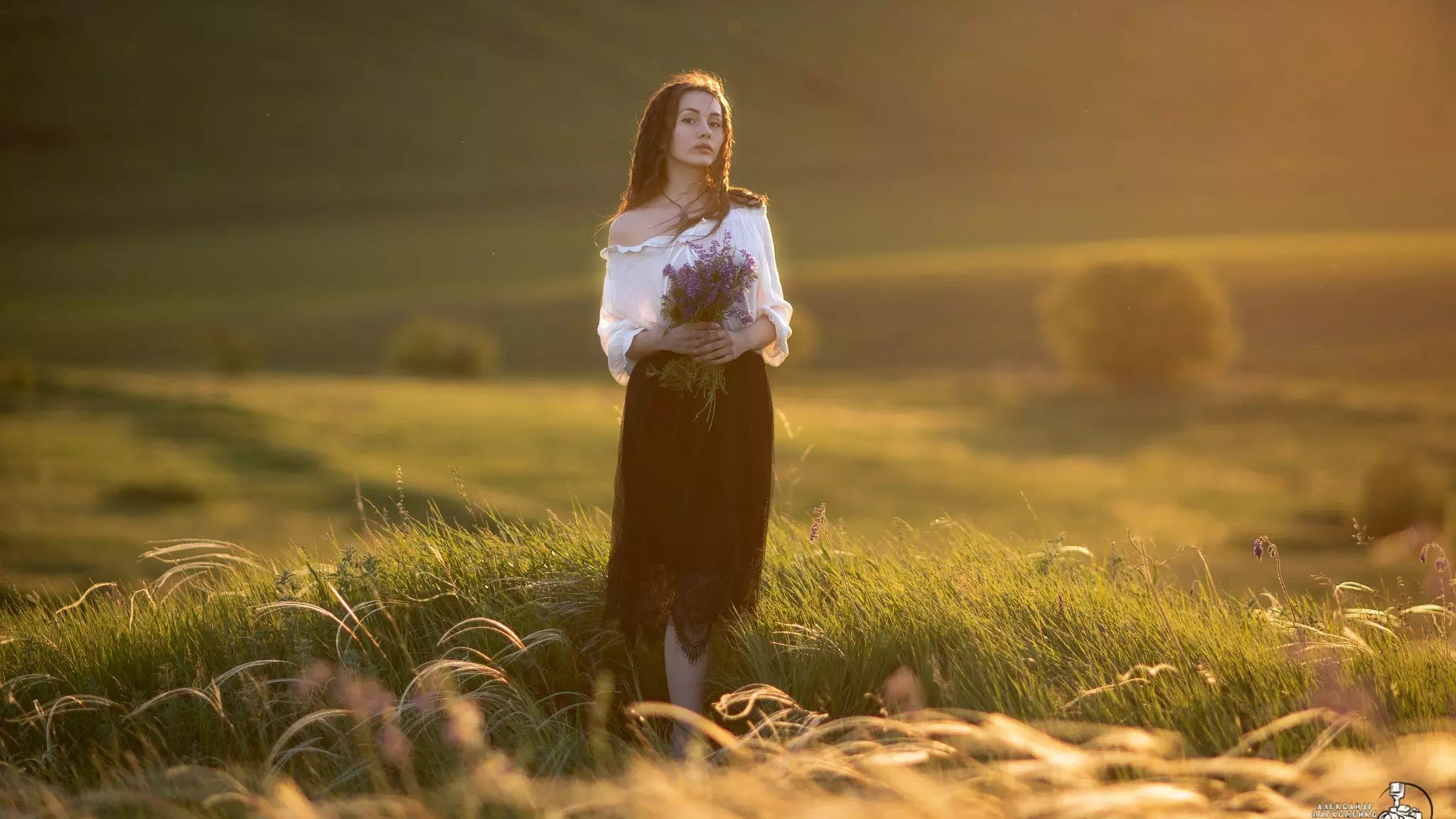
We have mentioned golden hour previously. Here you are going to have a detailed discussion on it. Golden hour means- one hour after sunrise and one hour before sunset. During these two times, the sunlight is bright yet mild, soft, and warm. They are unlike other times when the sun is either too harsh or too dark.
However, you can choose the golden hour for architecture photography. The soft sunlight makes any object more beautiful and ethereal. Also, it gives a positive vibe to the images. But you need to be careful about shadows.
And the Blue Hour
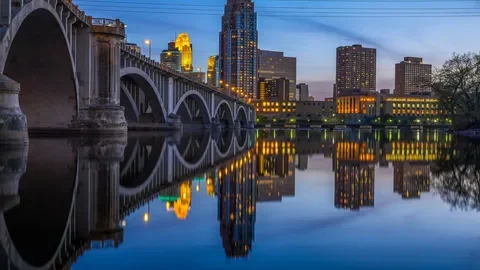
There is another awesome trick for making architecture photography breathtaking- that is the blue hour photography. But unlike the golden hour, the blue hour doesn’t last long. It appears roughly 30 minutes before the sun rises and after the sunset. In these times, the light looks blue, crisp, and soft.
You can make use of this blue light for architecture photography in city areas. It is ideal for outdoor photography. You get surreal images that not only demonstrate the beauty of the building but also portray your photography skill.
For Skyscrapers
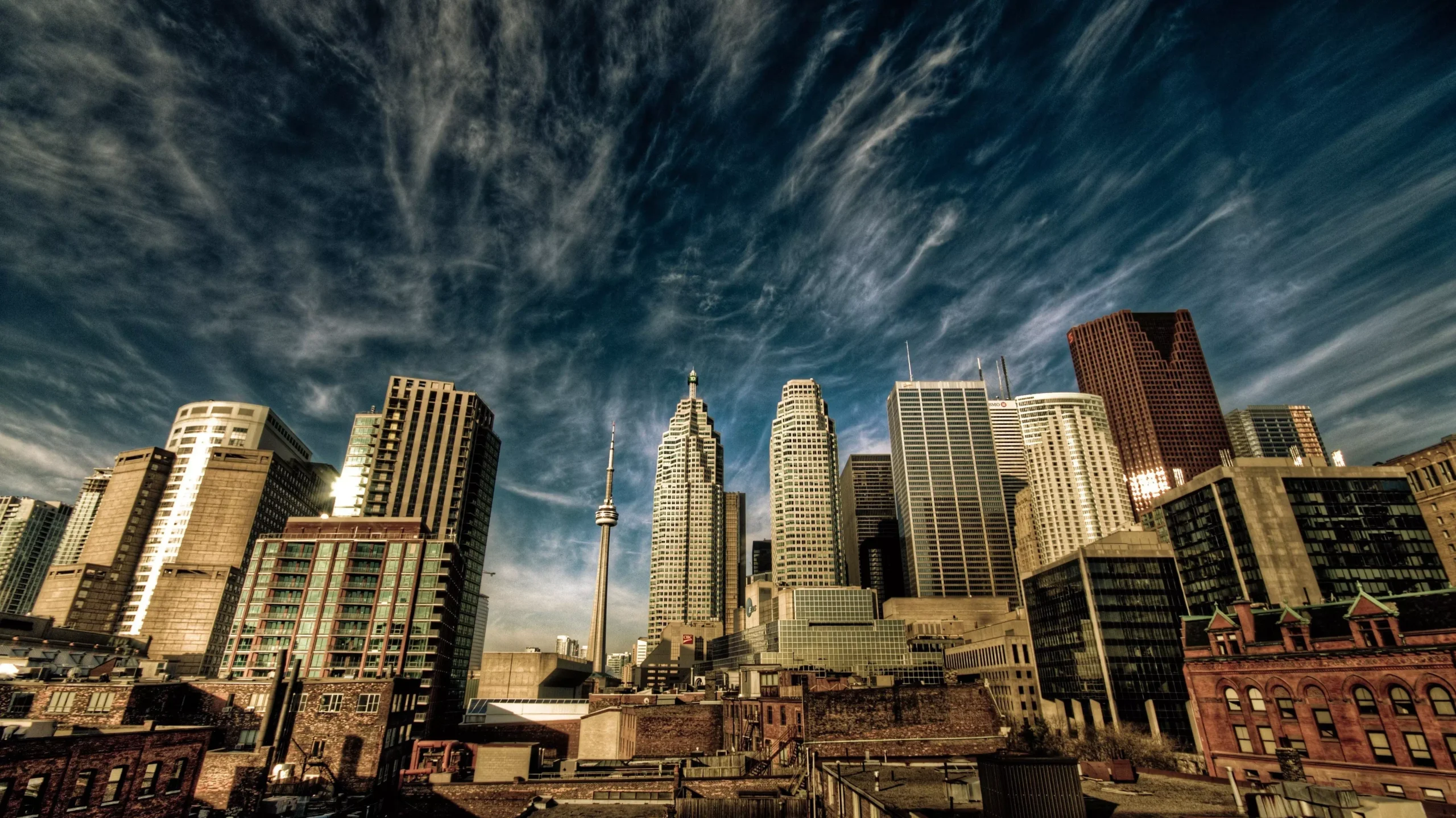
Taking images of Skyscrapers is trickier than other buildings because of their height. First of all, choose the best time to go for shooting. Avoid the harsh sunlight as much as you can. Go in the evening or even at night for the best result.
In this photography, you can experiment with angles and perspectives. In fact, the angles can make the images even more eye-catching and memorable. You can try silhouettes along with capturing the buildings.
Nighttime Photography
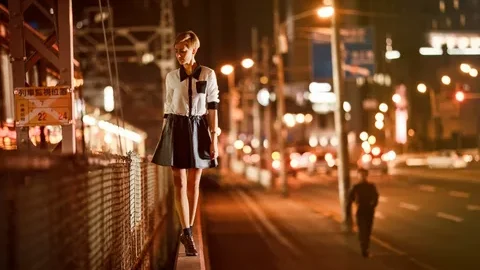
The importance of natural light for architecture photography is no new knowledge to learn. But do you know that night is another ideal time for this photography?
You get artificial lights and a completely different mood at night which is not similar to any other time. The nocturnal photography shows the way the buildings look at night. It is quite unusual in the daytime. And that makes all the difference. Don’t forget to carry your tripod to the location. Otherwise, you will find it hard to get clear images.
Include Landscape
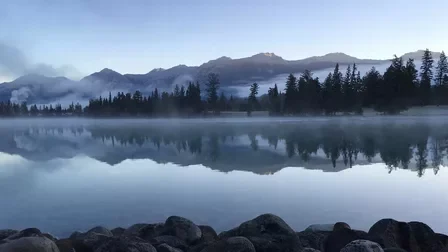
When you choose the buildings from semi-urban or rural areas to photograph, including landscape is a great way. Why? Firstly it portrays the relationship between civilization and nature. It demonstrates a clear contrastive image of the two things. Secondly, architecture photography becomes much more pleasant and interesting.
We are not repeating previously given tips again. But don’t forget the advice we have given about harsh sunlights, reflections, and shadows. Because that is what you need to keep eye on.
Try Abstract Architecture
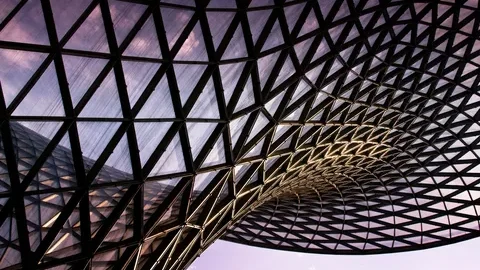
Abstract architecture serves on the aesthetic level. Briefly, ‘abstract’ is the opposite of the ‘concrete.’ In abstract architecture photography, your aim is not merely presenting the buildings physically. Your prime focus should be on the concepts, thoughts, and points of view. The images need a metaphorical meaning other than the literal.
Abstract photography is creative as well. So think about the ways you can abstractly present any structure. You can focus on its texture o make it black and white. There are a lot of other ways to experiment and learn.
Show the Scale
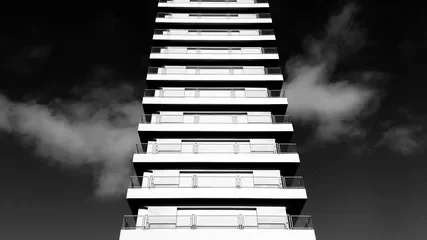
When you are taking images of a massive building, you can focus on the scale. In photos, big or small does not matter much because they look the same. But if you want to show how big the building is, the scaling is the way.
Use any other subject along with the building. It can be some people, trees or even a car. It will show a comparison between the two subjects. Thus you can show how big the structure in reality is. It sounds simple but it is effective.
Try Panorama
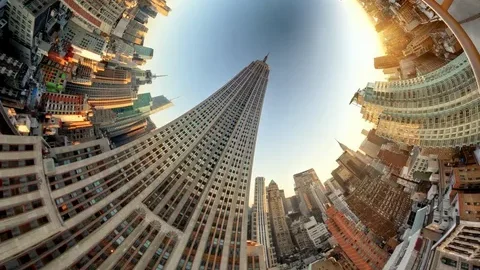
A wide-angle lens allows you to show the entire building in one frame. But there is another way to do it more effectively. That is a panorama. Keep the main structure in the middle and capture it in panorama mode. Sometimes the structure is symmetrical and a panorama is the best way to present it.
Also, panoramic images are more realistic than other images. So these are all the best things you can get from the panorama.
Add Creativity
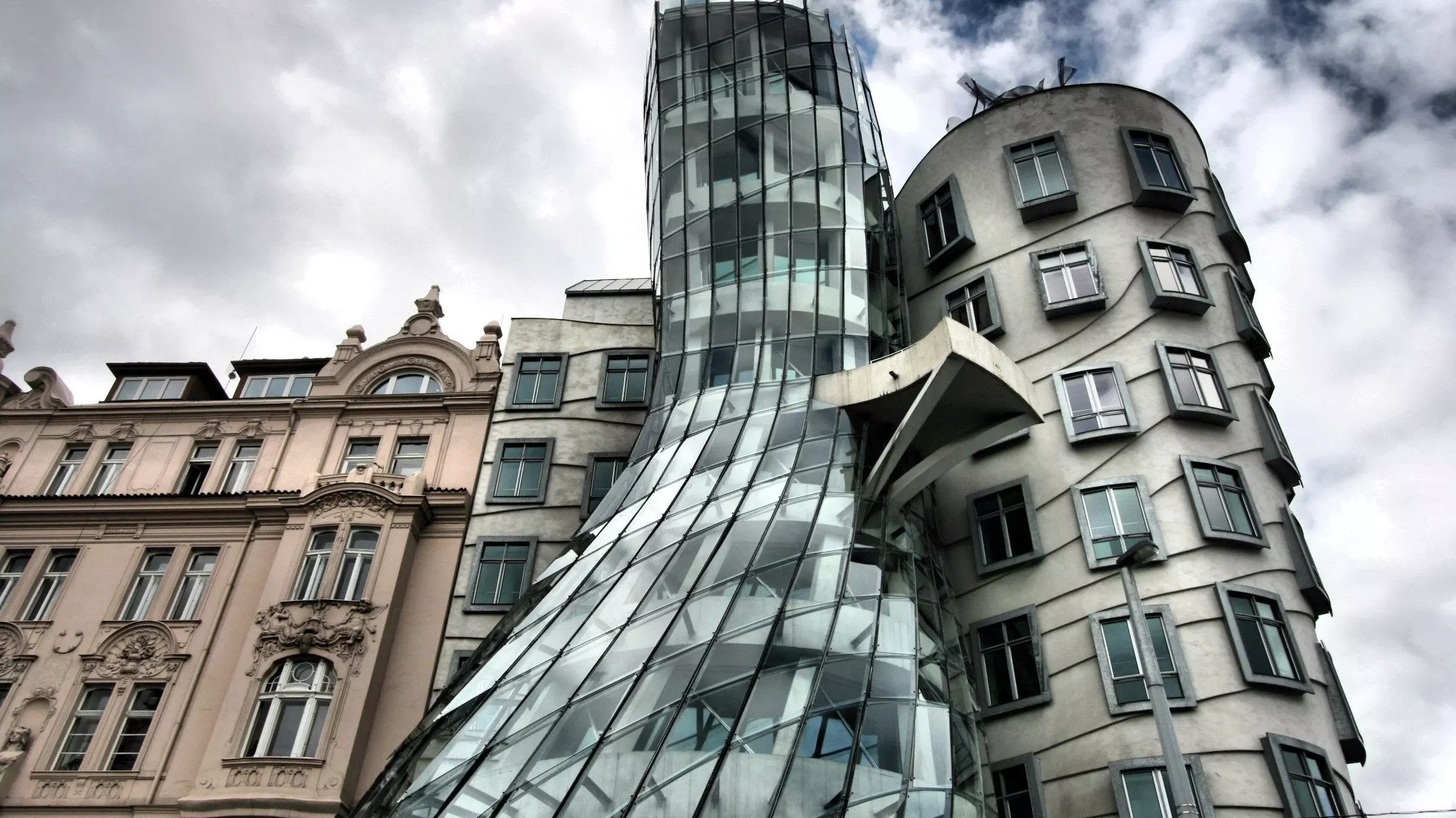
There are many ways to make architecture photography creative. Through creativity, you can change the way people look at any structure. In fact, it is not very hard to do. You can experiment with reflection to go creative. If you find a water body in front of the building, try to capture the reflection.
Refraction is another cool way to make creative images. Just get a glass ball and shoot through it. The images will be refracted and phenomenal. Infra-red photography can be another option to make any ordinary composition jaw-dropping.
Learn Post-Processing
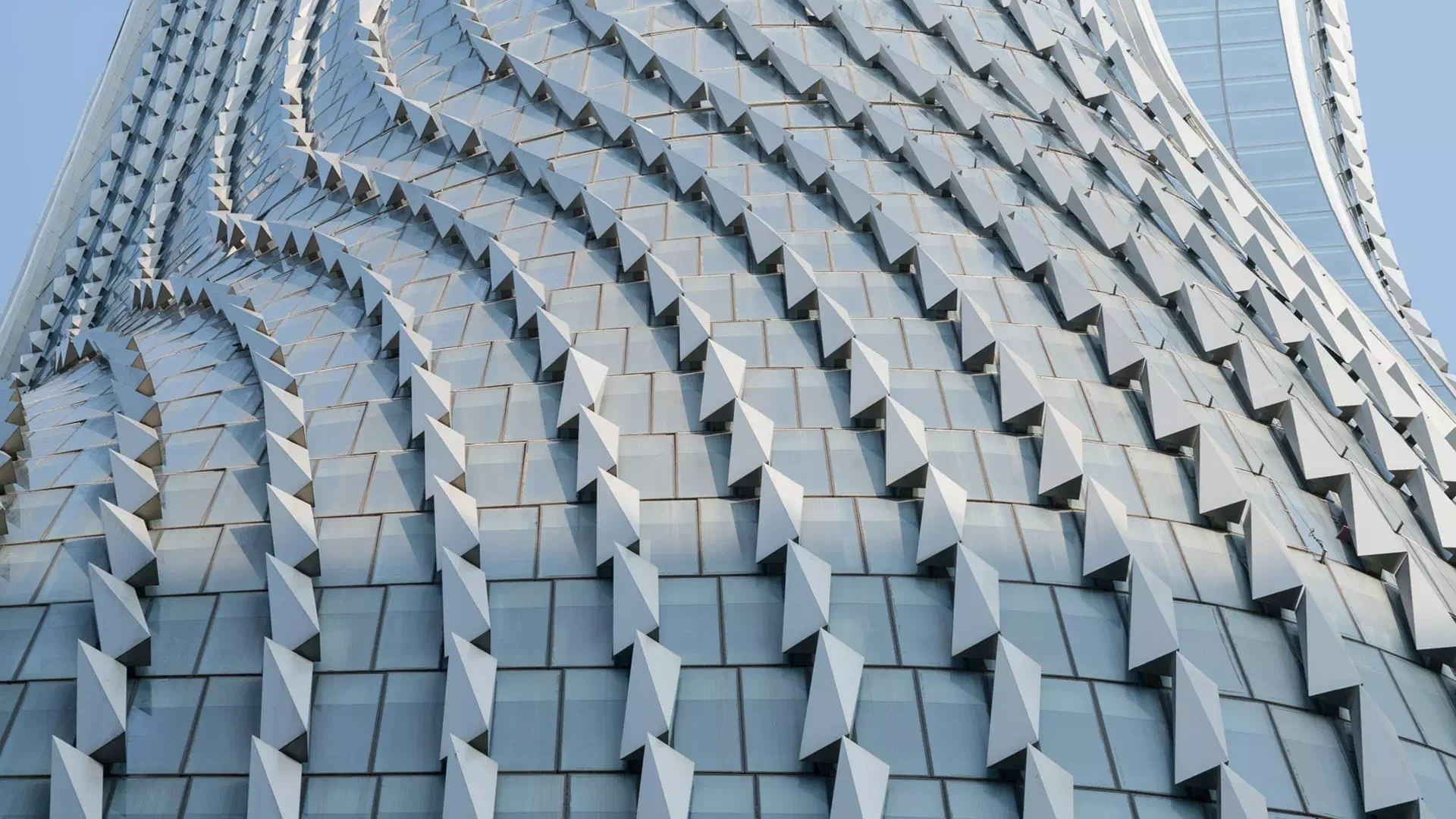
Learning post-processing opens up lots of creative ways to improve architecture photography. It helps you in two ways. Firstly you can retouch your images through it. Brightness adjustment, image enhancement, color correcting, and removing unnecessary stuff are some of the things you can do.
Secondly, you can use different filters to make the images more creative. Also, there are a lot of features and tools available that allow you to explore new ways of photography. In a word, post-processing steps are not to be taken lightly.
To conclude, architecture photography is not dull if you have creative ideas. In fact, there are many interesting experiments you can try. With your photography skill and ideas, you can give life to any lifeless buildings and structures. We hope our tips and tricks will help you to see the ways and assure you about the versatility of architecture photography.


